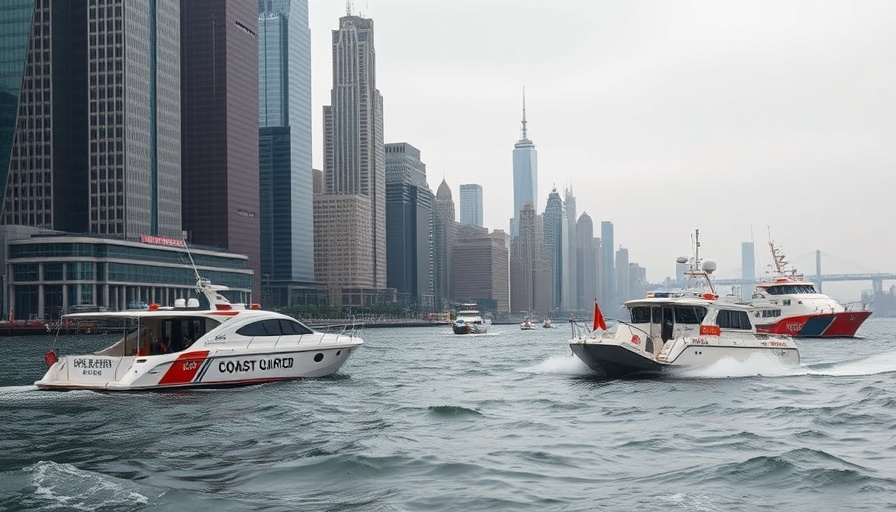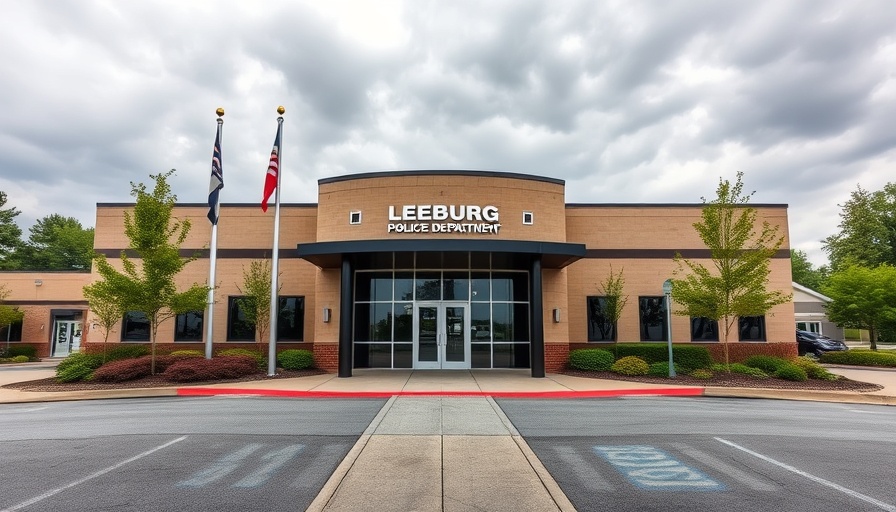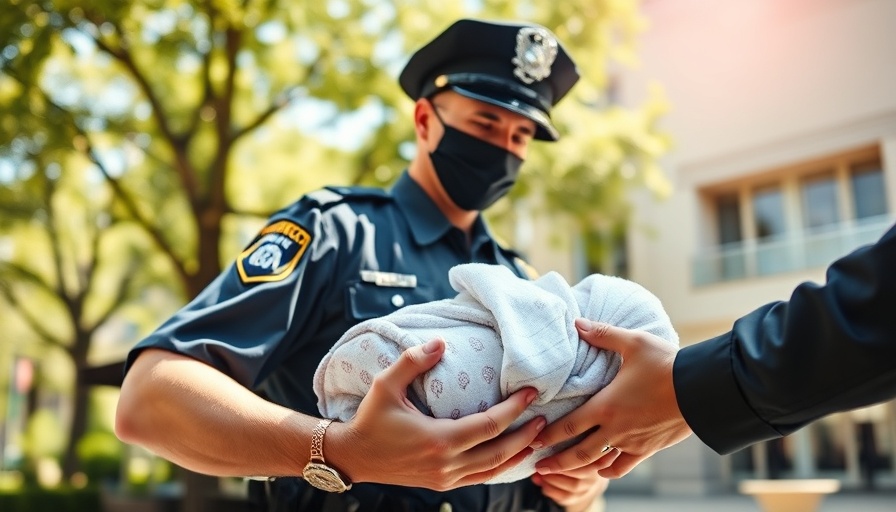
A Tragic Incident: Understanding the Helicopter Crash
In a heart-wrenching turn of events, a helicopter tragically crashed into the Hudson River on April 10, 2025, claiming the lives of six individuals, including three young children from a family of Spanish tourists. This catastrophic incident has left the communities of New York and New Jersey reeling in shock and sorrow, as the details unfold around this latest aviation disaster.
Eyewitness Accounts Reveal Horrific Moments
Eyewitnesses shared harrowing accounts of the helicopter's final moments in the air. Bruce Wall, a bystander, described seeing the helicopter breaking apart mid-air, with the tail and propeller detaching before it plunged into the river. Lesly Camacho, a restaurant hostess who witnessed the accident, noted that the helicopter was spinning uncontrollably before it hit the water, raising alarm among those in the vicinity.
“There was smoke coming out, and it was spinning pretty fast. It landed in the water really hard,” Camacho recounted. The distressing visuals captured by bystanders quickly made their way to social media, amplifying fears and concerns over the safety of air traffic in the densely populated region.
The Response: Emergency Services at Work
In the moments that followed, first responders, including police and fire units from both New York and New Jersey, mobilized rapidly. NYPD Commissioner Jessica Tisch confirmed that agencies, including aviation and harbor units, were on the scene almost immediately, dealing with the dire challenge of temperatures in the river dropping to a chilling 45 degrees.
The collective response highlighted the necessity for effective coordination among various emergency service departments, particularly in navigating waterways and ensuring a swifter recovery of victims. This incident brings to light the need for continued training and equipment advancements in emergency response protocols, especially in challenging environments like a river crash.
The Implications for Public Safety and Policy
This tragedy surges forth vital questions regarding aviation safety regulations, public safety policies, and emergency response capabilities in urban areas. It serves as a stark reminder of the risks associated with helicopter tours and flights, particularly in regions where heavy urban infrastructure coexists with recreational air travel.
Local government officials, including Mayor Eric Adams, have indicated the importance of revisiting these safety regulations to prevent future disasters, potentially exploring new technologies for helicopter safety. Enhanced tracking systems, better pilot training, and stricter maintenance requirements could be pivotal in reducing the occurrence of such tragic incidents.
Future Trends in Aviation Safety
Looking forward, there is an increasing emphasis on developing safer air travel, particularly in metropolitan areas. By investing in new aerospace technologies, including advanced flight monitoring systems and AI-driven responsive measures for emergency landings, we can significantly minimize risks for recreational helicopter flights.
This catastrophic event presents an opportunity for law enforcement agencies and aviation authorities to collaborate, review existing safety practices, and implement technological upgrades to bolster safety measures for both passengers and those on the ground.
Conclusion & Moving Forward
The Hudson River helicopter crash serves not only as a tragedy but also as a catalyst for necessary discussions around aviation safety, public emergency protocols, and the camaraderie among law enforcement and emergency responders. For policymakers, it is crucial to review and enhance existing regulations as a proactive measure, fostering a safer environment for tourists and residents alike. As we reflect on this heart-wrenching event, let it remind us of our shared responsibility to improve safety standards and public welfare in our aerial and emergency response systems.
Explore more about aviation safety trends and the multifaceted roles of emergency responders involved in public safety initiatives. Advocate for oversight and reform that can help prevent future tragedies such as this.
 Add Row
Add Row  Add
Add 

 Add Element
Add Element  Add Row
Add Row 




Write A Comment